5 hydrangea pruning mistakes – and how to avoid falling foul of them
Keep your hydrangeas healthy and blooming by avoiding these common mistakes
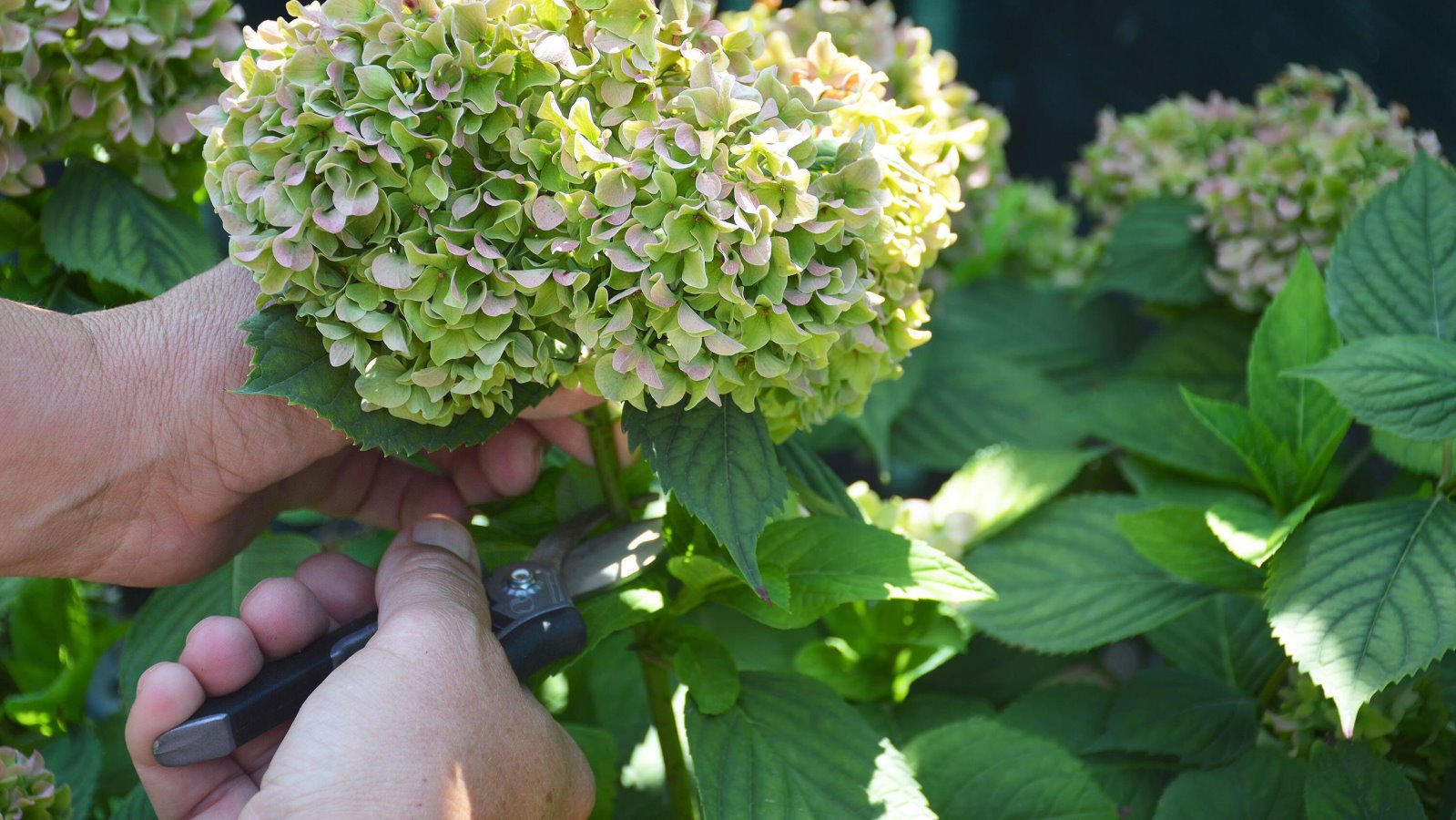

Hydrangeas are hugely popular flowering shrubs that are highly versatile and can be used in a wide range of garden ideas. They are much-adored for their large and showy blooms, which come in a variety of shapes and colors to put on a stunning display in summer.
These hardy shrubs are reliable and easy to maintain. They do not always require a lot of pruning, though do benefit from some attention. It is important to know how to prune hydrangeas correctly. If you get it right, the shrub will look great and be full of blooms, however, there are some important potential pitfalls to avoid.
If you know how to avoid the main hydrangea pruning mistakes, you can be confident pruning your plants knowing you are not doing any harm to your hydrangea.
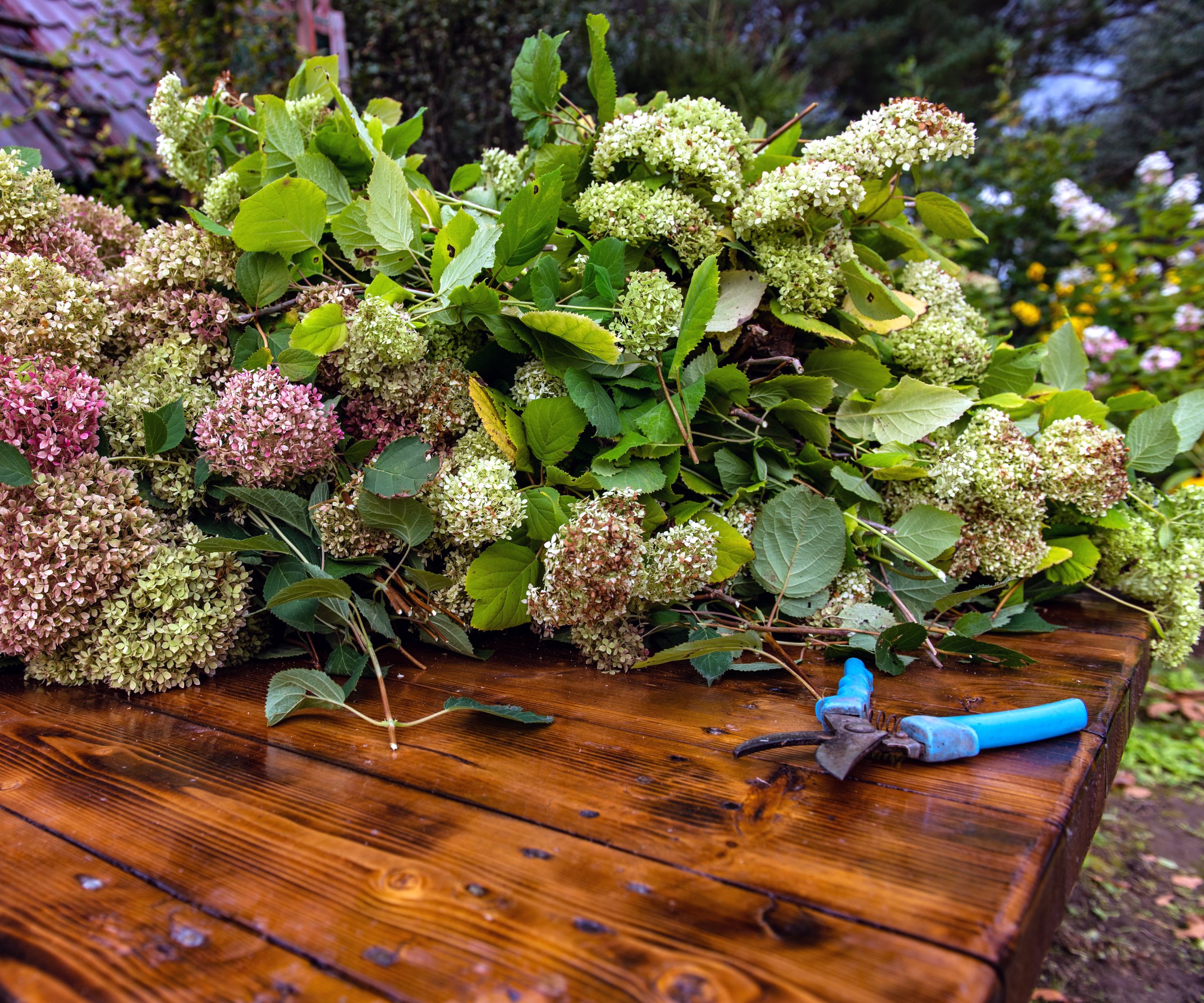
Hydrangeas do benefit from regular pruning
5 hydrangea pruning mistakes to avoid
Growing hydrangeas can be a simple and rewarding way to add color and interest to a garden. They can be added to flower beds or borders, or there are compact varieties available that mean you can grow hydrangeas in pots as part of a container garden. While they are fairly fuss-free to look after, there are some key pruning mistakes to avoid. We take a closer look at some of these to help you have healthy and flourishing hydrangeas.
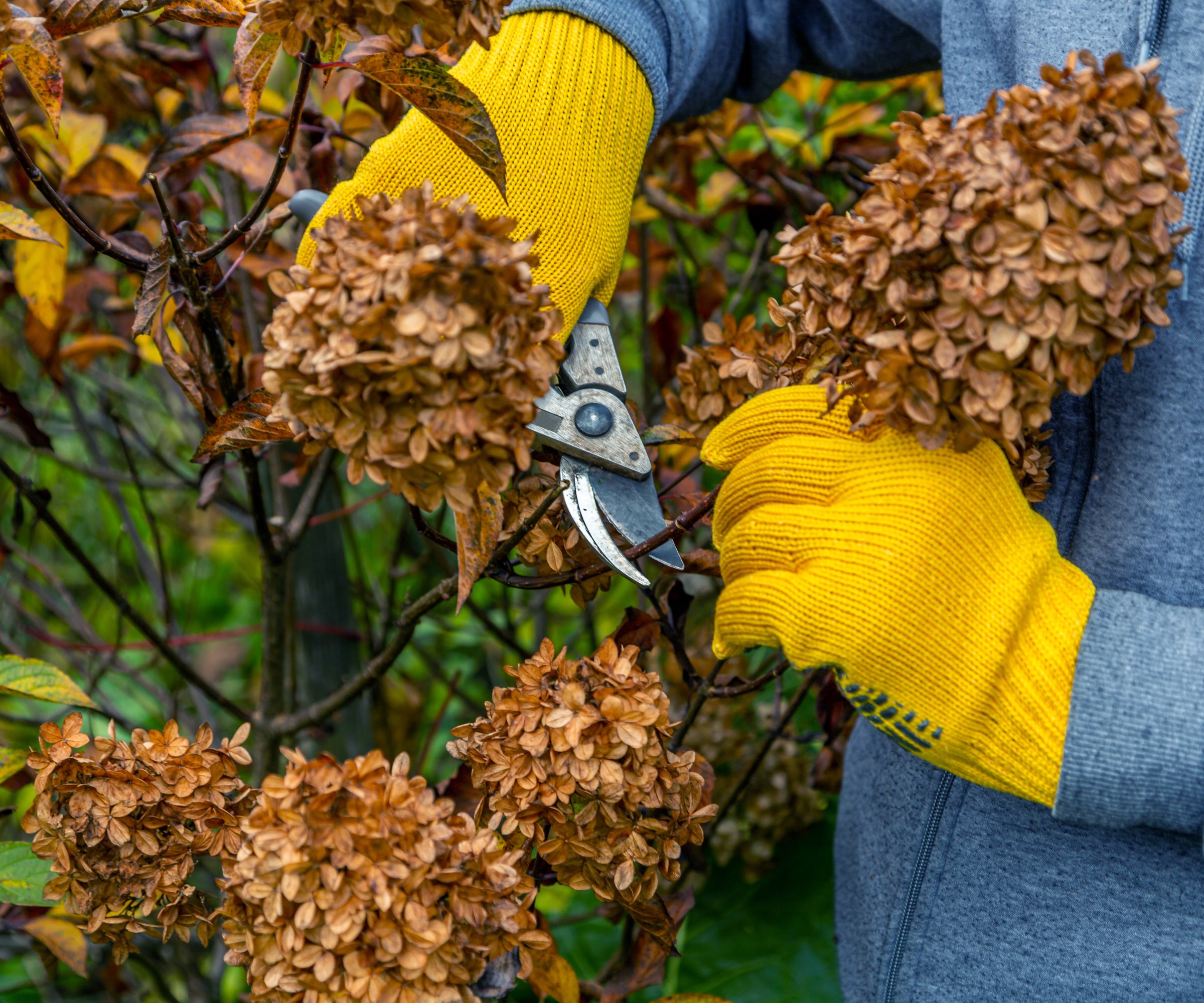
Knowing when and how to cut is important for healthy hydrangeas
1. Pruning at the wrong time
It is vital to know the right time to prune hydrangeas, and this is dependent on the type of hydrangea you are growing. While pruning them at the right time of year will help your hydrangeas be healthy and bloom at their best, getting the tools out at the wrong time will be a pruning mistake that can risk the health of the hydrangea.
Hydrangeas are either pruned in late winter or spring, or late summer for climbing types. Pruning hydrangeas in fall can leave the plants at risk of succumbing to winter frosts - the cold is capable of harming stems and buds. Pruning hydrangea that flower on old wood in fall or winter will also have a large impact on the blooms you will get the following year. This is because you’ll actually be removing the buds that would carry next year's flowers.
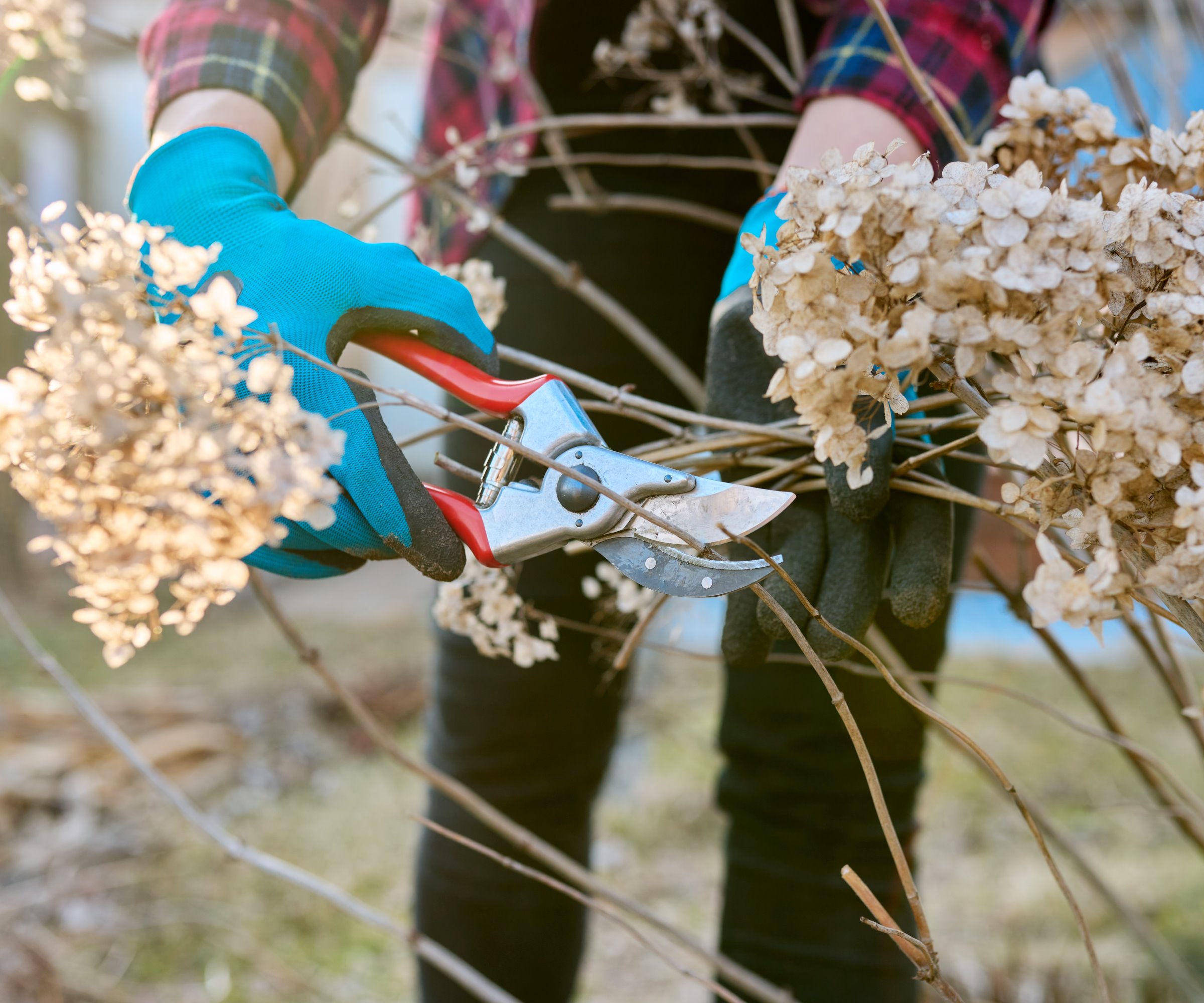
Late winter or early spring is the ideal time to prune
2. Pruning all types the same
There are many different types and varieties of hydrangeas and you need to know the type in order to make sure you prune it properly. Treating all hydrangeas in the same way comes with a risk of missing out on a year of flowers, as the different types either bloom on new or old wood.
Bigleaf hydrangeas, such as the popular mophead or lacecap hydrangeas, bloom on the previous year’s growth. These hydrangeas are best cut back in spring, focusing on light pruning to remove thin and weak stems at the base. Excessive cutting will mean buds are removed and therefore no flowers that year.
Types such as Hydrangea paniculata and Hydrangea arborescens flower on new wood, so these can be pruned harder at the same time of year without the risk of sacrificing blooms. This pruning will stimulate a new flush of stems to carry that year’s flowers.
Climbing hydrangeas are pruned in a different way again. With all these varying methods, it is imperative to know what hydrangeas you are working with when planning to do any cutting.
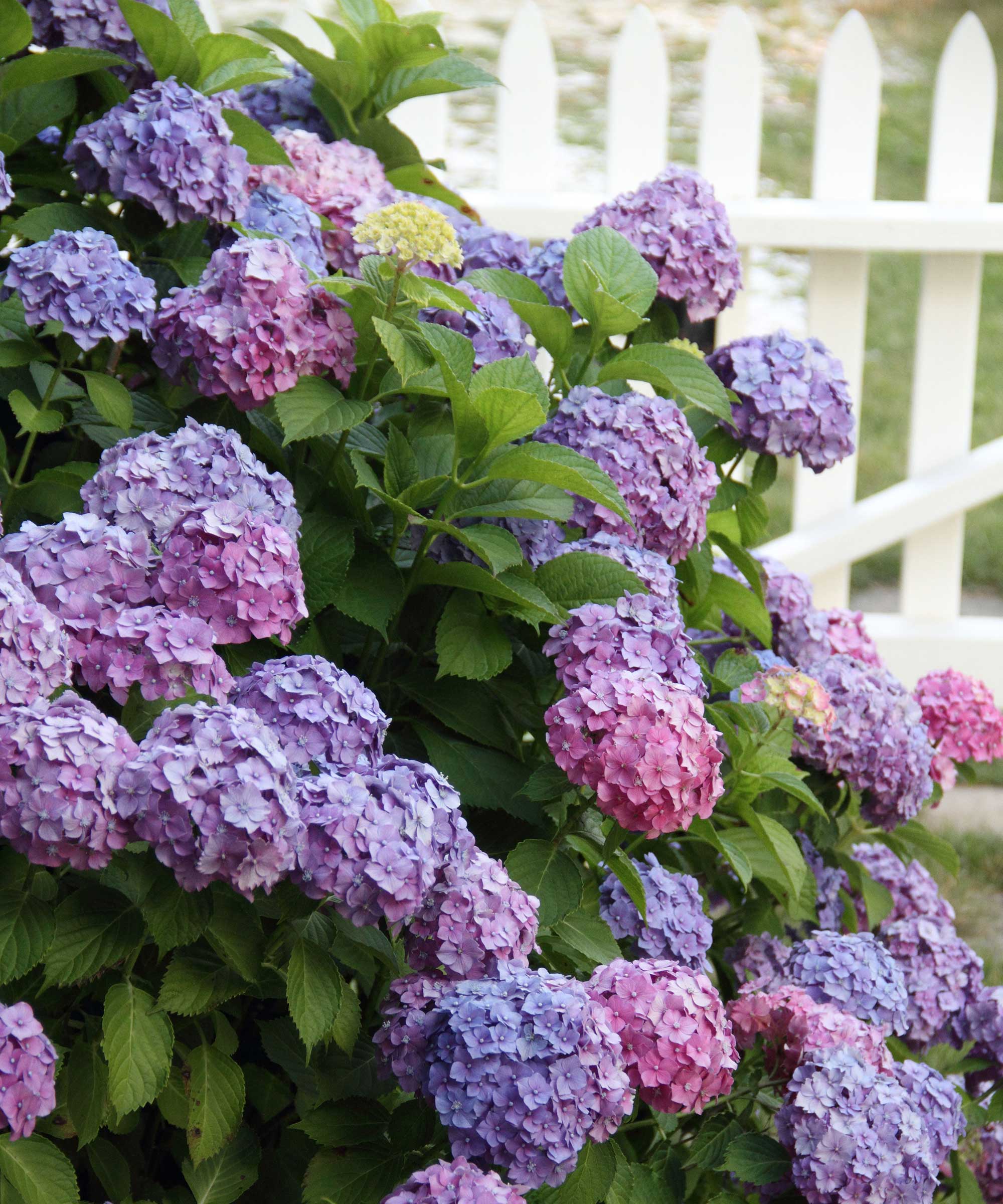
Know your hydrangea type to prune in the correct way
3. Using dirty or blunt tools
Any time you do pruning, it should never be underestimated how important it is to have clean and sharp garden tools. If you head out to start cutting plants with blunt or rusty tools that are covered in dried plant residue or sap, then you are putting the health of your hydrangea at risk.
Blunt tools will not make clean cuts when you are pruning, they will tear and fray the ends of the stems or branches. These jagged edges are more at risk of succumbing to pests and diseases. So always make sure you have clean pruning shears when pruning or deadheading hydrangeas. Simple pocket-sized sharpening tools, such as the Altuna Pocket Blade Sharpener available at Amazon, can help you keep tools sharp while out in the garden.
Dirty pruning shears also carry the risk of transmitting diseases around the garden. If you have cut diseased material from other plants, that infection can be present on the blades and you can pass it onto your hydrangea. Make sure to clean tools or disinfect blades before pruning or deadheading your hydrangeas.
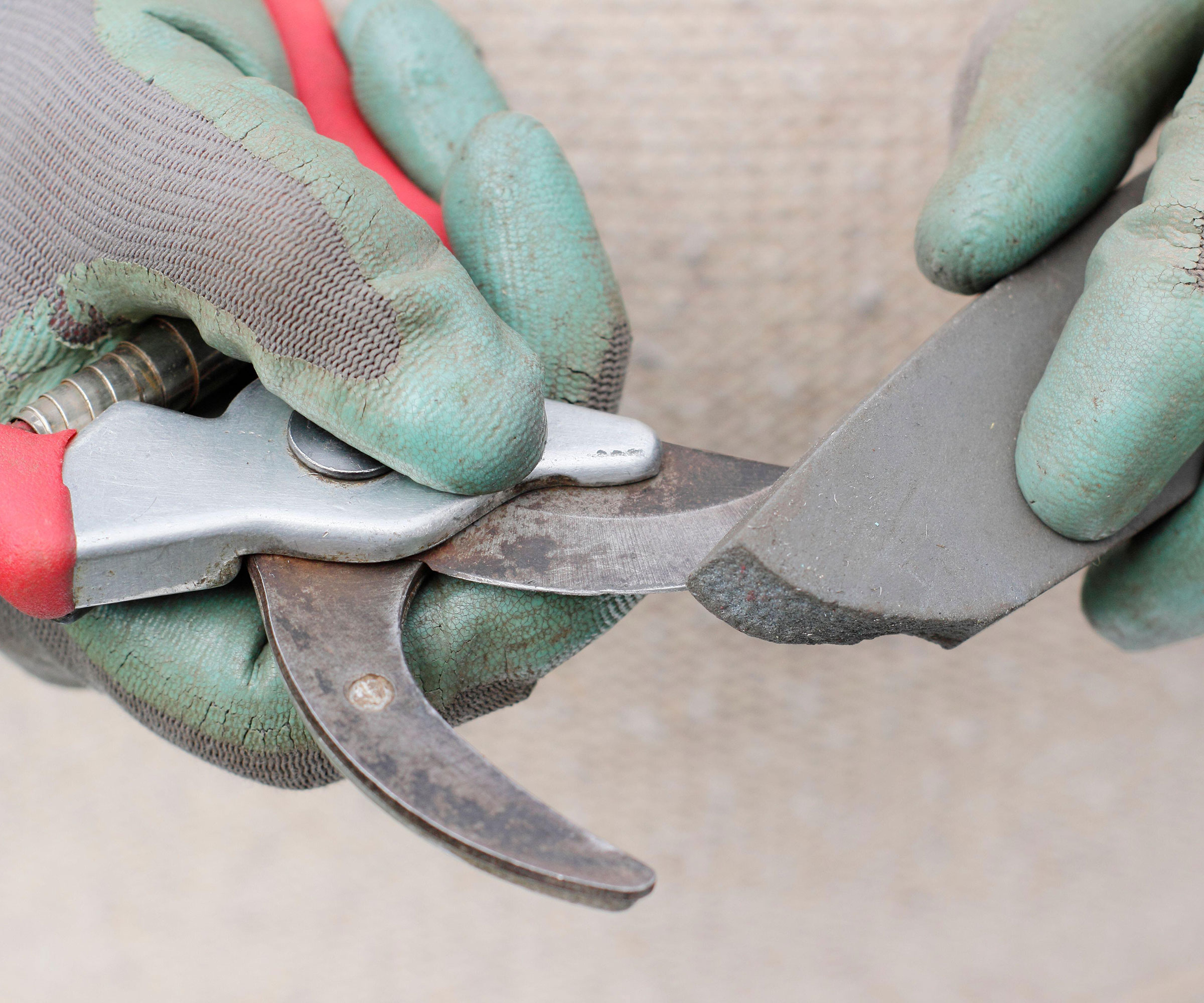
Clean and sharp tools are essential when pruning hydrangeas
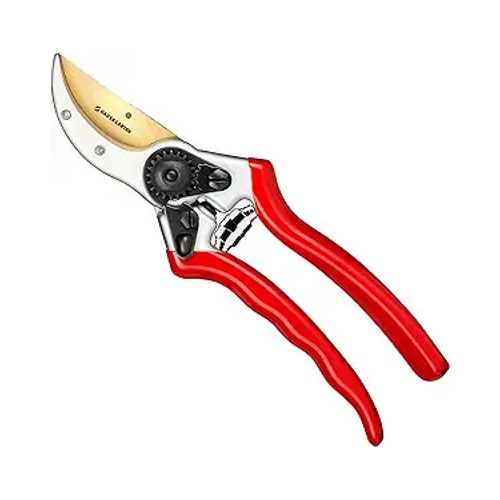
Bypass pruning shears with titanium-coated steel blades to make precise and smooth cuts when pruning shrubs. The non-slip ergonomic handles and shock absorbing pads will make pruning feel effortless and reduce the strain on your hands
4. Being overzealous with the pruning shears
Hydrangeas do not need lots of pruning in order to grow well and produce fantastic flushes of flowers each year. The main focus is on deadheading, removing dead or diseased wood, and removing weaker wood that can be replaced with stronger growth. Any excessive pruning can be a primary reason for hydrangeas not blooming in a given year.
It is often recommended to not prune more than one-third of any plant each year. Following the one-third pruning rule can help maintain a plant’s health. Removing more growth than this can lead to unpredictable results, as the plant will be stressed and can put out lots of weak and straggly growth. A stressed shrub that is covered in pruning cuts is also at increased susceptibility to pests and diseases.
Removing more than a third of any hydrangea that blooms on old wood will definitely mean missing out on flowers. Varieties that bloom on new wood can withstand harder pruning, and can even be cut all the way to the ground, however this is a riskier process and there is no guarantee that it will come back in the manner you want. Adopting a lighter pruning approach can ensure a framework of sturdy stems and reliable blooming.
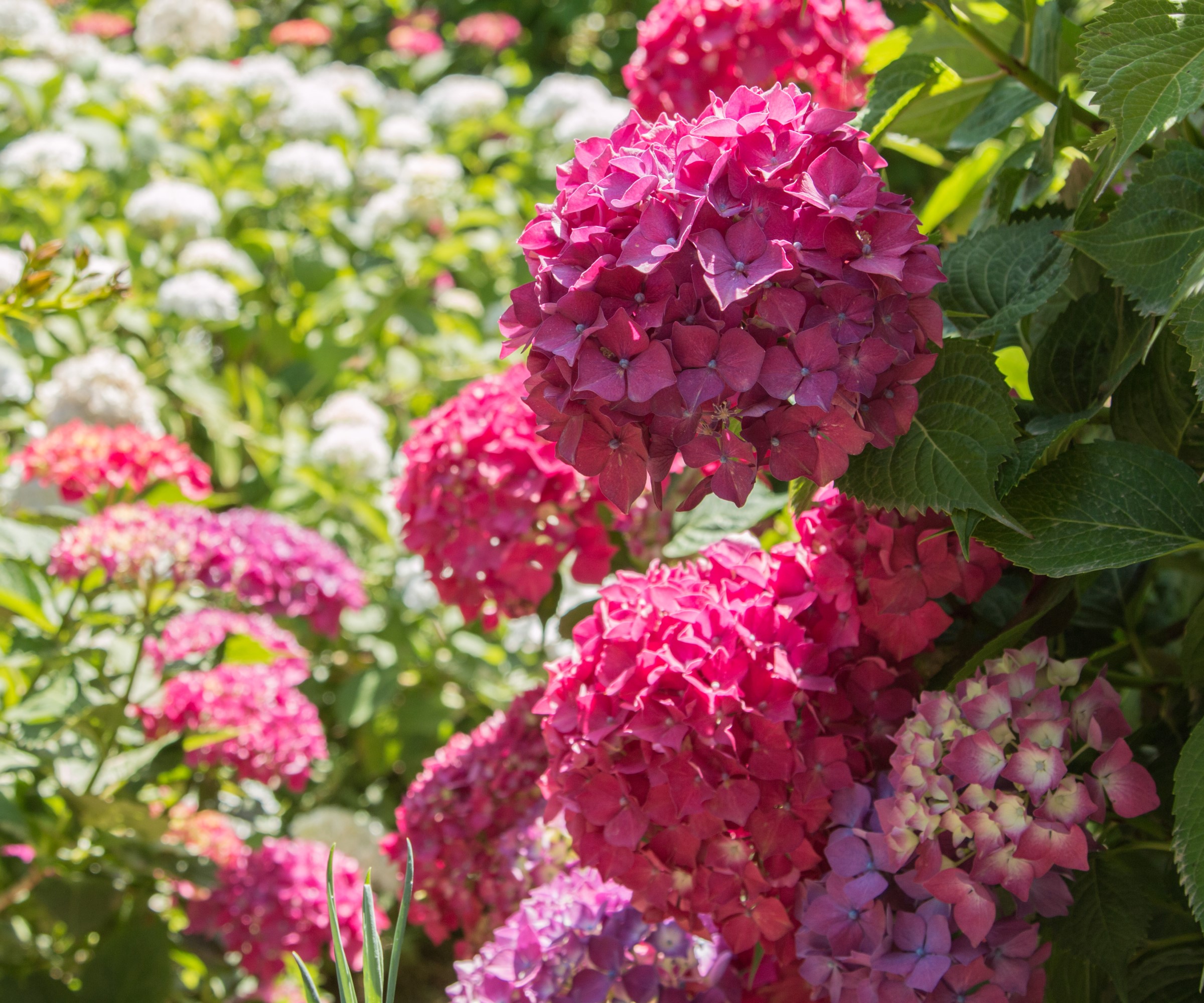
Pruning too much can impact on how many blooms you will get
5. Not pruning at all
While hydrangeas do not need a massive amount of pruning, if you do not prune the shrub for several years then it can become a large and tangled mess, and the flowering will be negatively affected. The shrub can also get taller year-on-year, and you can potentially end up having flowers only on the top of the plant, with a lot of bare stems below.
Regular pruning will encourage new growth and strong wood that can carry large and healthy flowers every year. On the other hand, lots of old and coiled wood will not be as productive and produce only smaller flowers and a reduced display overall.
So, try not to be daunted by pruning hydrangeas. Do some research and then head out into the garden to follow the simple rules for each type. Your shrubs will benefit from the attention and repay you with a gorgeous show of flowers.
FAQs
Do hydrangeas need to be cut back for winter?
It is better to wait and cut back hydrangeas in spring rather than pruning hydrangeas in fall ahead of the incoming winter. Any wounds as a result of fall pruning will be extremely susceptible to the freezing winter weather. Any frost can penetrate into the wounds and cause large damage to the shrub as a whole. Dried hydrangea flowers left in place can actually be decorative additions to a winter garden and an unpruned hydrangea can cope with the winter frosts absolutely fine.
As well as being the ideal time to prune, spring is also the best time to transplant hydrangeas if you want to move the shrub to a different spot. The alternative is to move the hydrangea just as it enters its dormant period in fall.
Sign up to the Homes & Gardens newsletter
Design expertise in your inbox – from inspiring decorating ideas and beautiful celebrity homes to practical gardening advice and shopping round-ups.

Drew’s passion for gardening started with growing vegetables and salad in raised beds in a small urban terrace garden. He has worked as a professional gardener in historic gardens and specialises in growing vegetables, fruit, herbs, and cut flowers as a kitchen gardener. That passion for growing extends to being an allotmenteer, garden blogger, and producing how-to gardening guides for websites. Drew was shortlisted for the New Talent of the Year award at the 2023 Garden Media Guild Awards.
-
 Kyle Richards' unconventional styling encourages you to use shelves for more than books – it's a fresh twist on 'bookshelf wealth' for 2025
Kyle Richards' unconventional styling encourages you to use shelves for more than books – it's a fresh twist on 'bookshelf wealth' for 2025The Real Housewife of Beverly Hills intentionally decorated her shelf with ceramics and accessories that have enough room to breathe, and designers love her look
By Hannah Ziegler
-
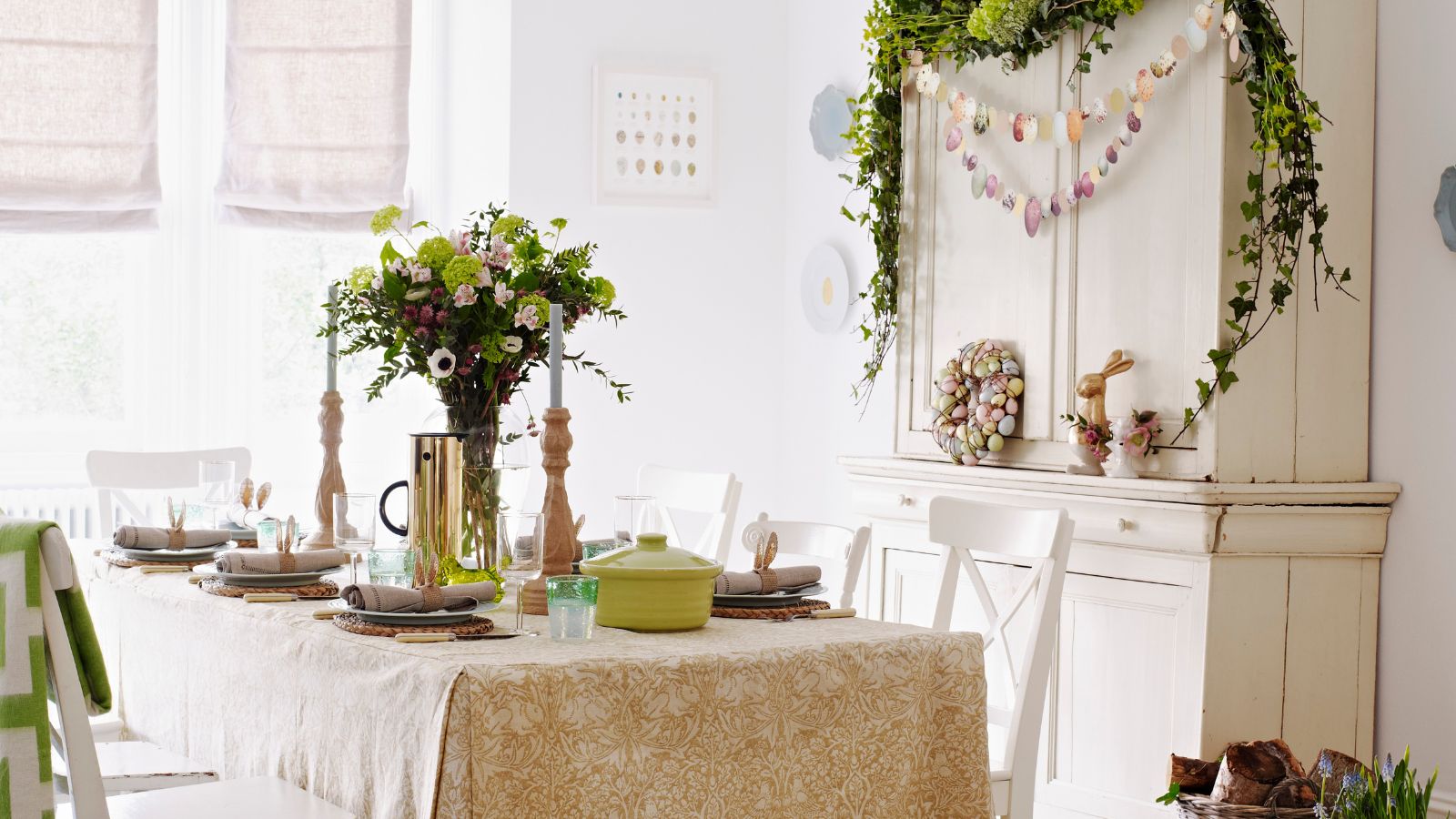 These five easy Easter place name ideas are too pretty not to try - here’s how to make them ready for Easter
These five easy Easter place name ideas are too pretty not to try - here’s how to make them ready for EasterThese easy Easter place name ideas are so simple that anyone can recreate them in time for the Easter weekend to bring personal touch to holiday hosting
By Katrina Harper-Lewis